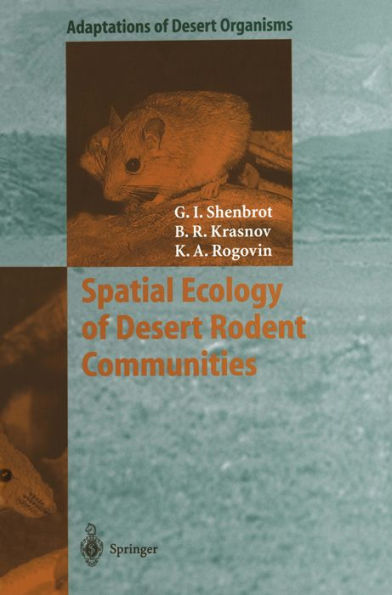5
1

Spatial Ecology of Desert Rodent Communities

Spatial Ecology of Desert Rodent Communities
eBook (1999)
$74.49
$99.00
Save 25%
Current price is $74.49, Original price is $99. You Save 25%.
Related collections and offers
74.49
In Stock

Product Details
| ISBN-13: | 9783642600234 |
|---|---|
| Publisher: | Springer-Verlag New York, LLC |
| Publication date: | 12/06/2012 |
| Series: | Adaptations of Desert Organisms |
| Sold by: | Barnes & Noble |
| Format: | eBook |
| File size: | 19 MB |
| Note: | This product may take a few minutes to download. |
From the B&N Reads Blog
